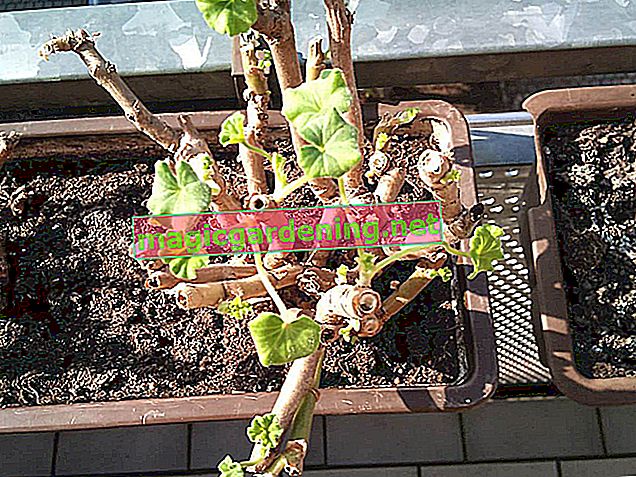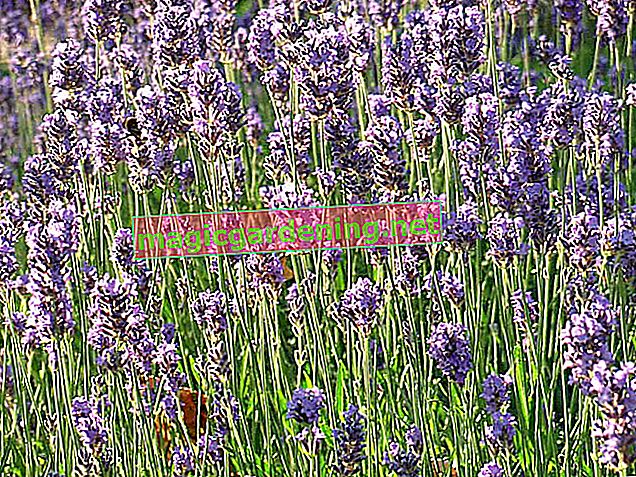
Most varieties are not frost-proof
Even if many a retailer tries it: Ranunculus in this country are not sufficiently frost-hardy. Most varieties do not tolerate frost or only a few degrees below 0. A few specimens are still frost-hardy to around -10 ° C. The tolerance of these minimum temperatures should not be put to the test, however. The tubers quickly freeze to death and the plants overflow ...
also read
- Ranunculus: What role does temperature play?
- Ranunculus - which location does justice to the blooming miracle?
- Ranunculus care: watering, fertilizing, cutting and more
Winter outside in mild regions
Do you live in a climatically mild region such as Rhineland-Palatinate, Saarland or the Lake Constance region? Or do you trust farmers' rules and the upcoming winter is guaranteed to be mild? Then you can overwinter the buttercups outside.
To protect the tubers, which are about 5 cm deep, in winter, it is advisable to cover them with a warming layer. Brushwood, compost or fleece are well suited for this. Lay the material generously over the area of the tubers.
Endangered specimens in need of protection
Not all ranunculus need to be overwintered. Especially young plants, freshly sown ranunculus, ranunculus that are in rough locations and those specimens that are in pots, boxes or buckets outside on the balcony or terrace should be overwintered.
Dig up the onions and overwinter
In addition to the option of covering the tubers outside, you can overwinter indoors. That's how it's done:
- in late autumn
- Get the tuber out of the ground
- free from soil and dried-up plant parts
- Lie down for 1 to 2 days to dry
- overwinter in a frost-free place
The wintering quarters should not only be frost-free. It is also important that it is cool (6 to 8 ° C is optimal), dark, dry and airy. Cellars are well suited. For example, put the tubers in a wooden box, a pot of earth or wrap them in paper and put them in a bowl.
The right timing
When the leaves and flowers have been shed, the time has come to dig up the tubers for the winter. This is usually the case around mid / late October.
Wintering ends in spring around March. The onions are placed in cold water for about 5 hours. Then they are placed 5 cm deep in the ground. The plants can be planted outdoors again from the end of April.
Tips
If you decide to dig up the tubers for the winter, use the opportunity to multiply! Remove the bulbs that have formed on the tuber. You can plant them in spring.








